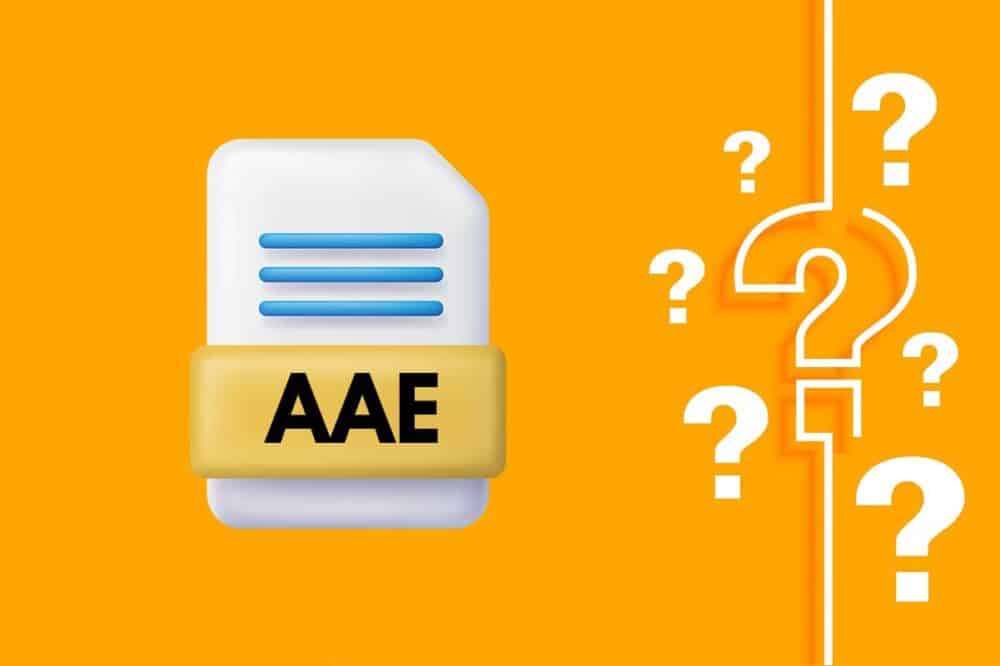While browsing your photo collection, you may come across images with the AAE file extension. On an Apple device, the photo may be titled IMG 12345.AAE. The file extensions may not be seen by default on a Windows system. As a result, the picture file name may simply be IMG 12345, and the icon preview will be blank. This might be perplexing for Windows users. I’m sure you’re wondering what kind of file this is and how to open it since you’ll receive an error notice along the lines of “Windows cannot open this file.”

An.AAE file contains the edits made to an existing photograph on an Apple device. Although you may remove an AAE file without destroying the original photo, you will lose any edits you have made to the file. The edit data is stored in an XML format that is easily readable in a text editor such as Notepad.
As previously stated, this file extension is native to Apple devices and computers, more precisely iOS 8 and later and Mac OS 10.10 and later. Therefore, if you transfer a photo with this file extension to a Windows machine, the file will be converted to a standard JPEG without the edits.
In previous versions of iOS, any edits made to a photo instantly overwrote the original. This is no longer the case with the generation of an AAE file. Instead, when you make a change, the original file is preserved, and the edit instructions are saved in a different file – the AAE file (which is also called the AAE sidecar file.) The AAE file is stored in the same folder as the original photo and uses the same naming convention, but instead of the.JPG file extension, it uses the.AAE file extension.
Thus, what are you going to DO with these files? Once you’ve completed your edits on your iOS device, the simplest thing to do is email yourself the completed photo. This will “seal” the image’s edits. You may also share it on Facebook or Instagram (or something similar), although as you are probably aware, doing so always degrades the image’s quality slightly.
As previously stated, these files are now utterly worthless on Windows and Android devices. They may become accessible for users in the near future, but we cannot guarantee when. Therefore, you can safely remove these files if you like. However, if you choose to save them in the hope that they may become usable in the future, there is no harm in doing so. Each of these files is extremely small and takes up almost no disc space.
Do you believe that Apple is taking a step forward or backward by creating these sorts of files? While I appreciate that the original photo is no longer erased automatically, it seems to me that it would make more sense to simply ask us if we WANT to replace them or save them separately. This may save some space — and maybe some misunderstanding.






